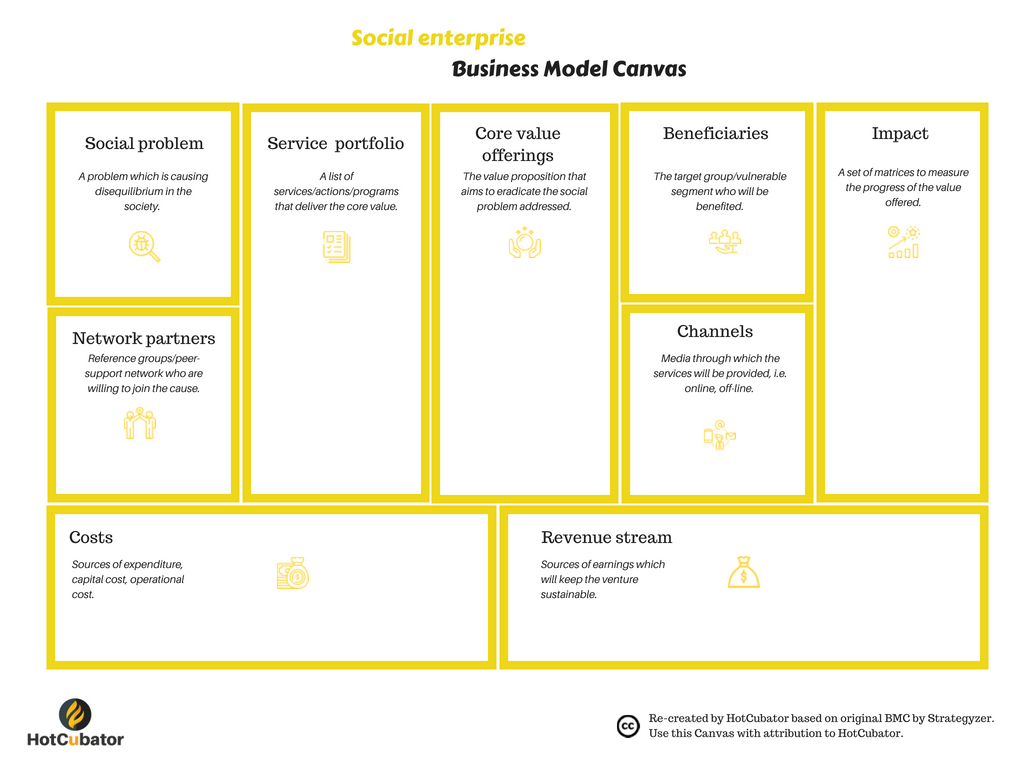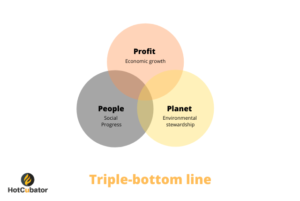
A successful business is all about finding the right product-market fit, effective leadership and well-crafted strategy. To craft the most effective strategy, it first, important to understand the key relationships among the various aspects of the business so that an entrepreneur can visualise the whole business as a model which is precise and easy to understand. Rather than writing pile of papers containing a business plan, which is not only tedious but redundant at some stage, it is far more effective to plot a Business Model Canvas as the modern strategist and experts believe.
Perhaps the most widely used tool has recently gained popularity is Business Model Canvas. Coined by Alexander Osterwalder based on his book – ‘Business Model Ontology’ – this model outlines several key aspects which form the building blocks of both new and existing businesses to focus on operational as well as strategic management and marketing plan. The best part about the Business Model Canvas is that, it could be applied to every type of businesses – lean startup, large commercial enterprise or social enterprise. While there are hundreds to iterations of the Business Model Canvas, we have revisited the Business Model Canvas to see how it can be applied to craft a social enterprise business model.
A social enterprise is a business venture which is inherently driven by social mission. The social entrepreneurs aim to tackle various social problems by innovating novel solutions and make an impact in the society through the creation of a sustainable business model. Social enterprises can serve either as for-profit or as a non-profit. The Business Model Canvas can be used for both types of social enterprises –
- Social problem – A problem which is causing disequilibrium in the society.
- Network – Reference groups/peer-support network who are willing to join the cause.
- Core value offerings – The value proposition that aims to eradicate the social problem addressed.
- Impact – A set of matrices to measure the progress of the value offered.
- Cost – Sources of expenditure, capital cost, operational cost.
- Revenue – Sources of earnings which will keep the venture sustainable.
- Beneficiaries – The target group/vulnerable segment who will be benefited.
- Service Portfolio – A list of services/actions/programs that are aimed to deliver the core value.
- Channel- Media through which the services will be provided, i.e. online, off-line.










